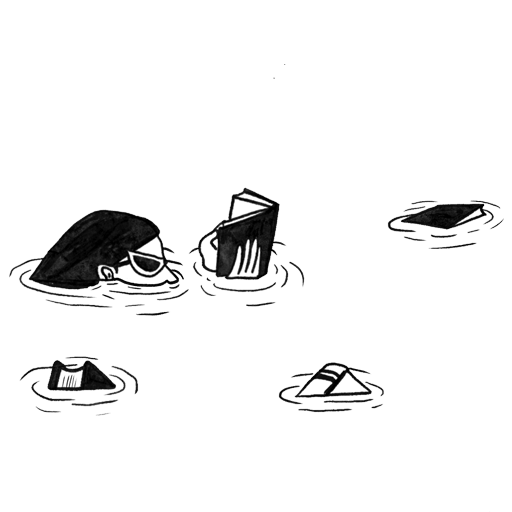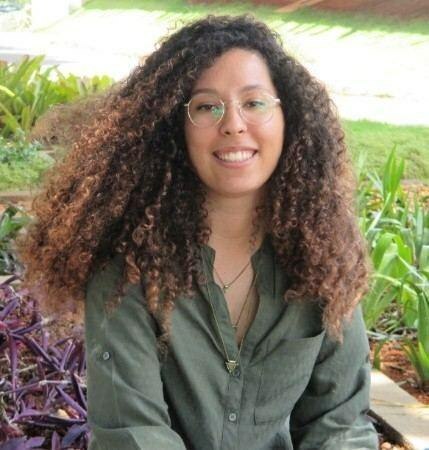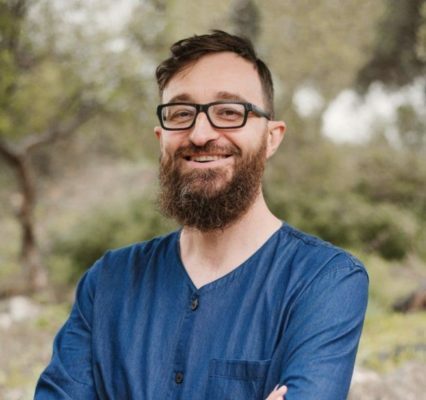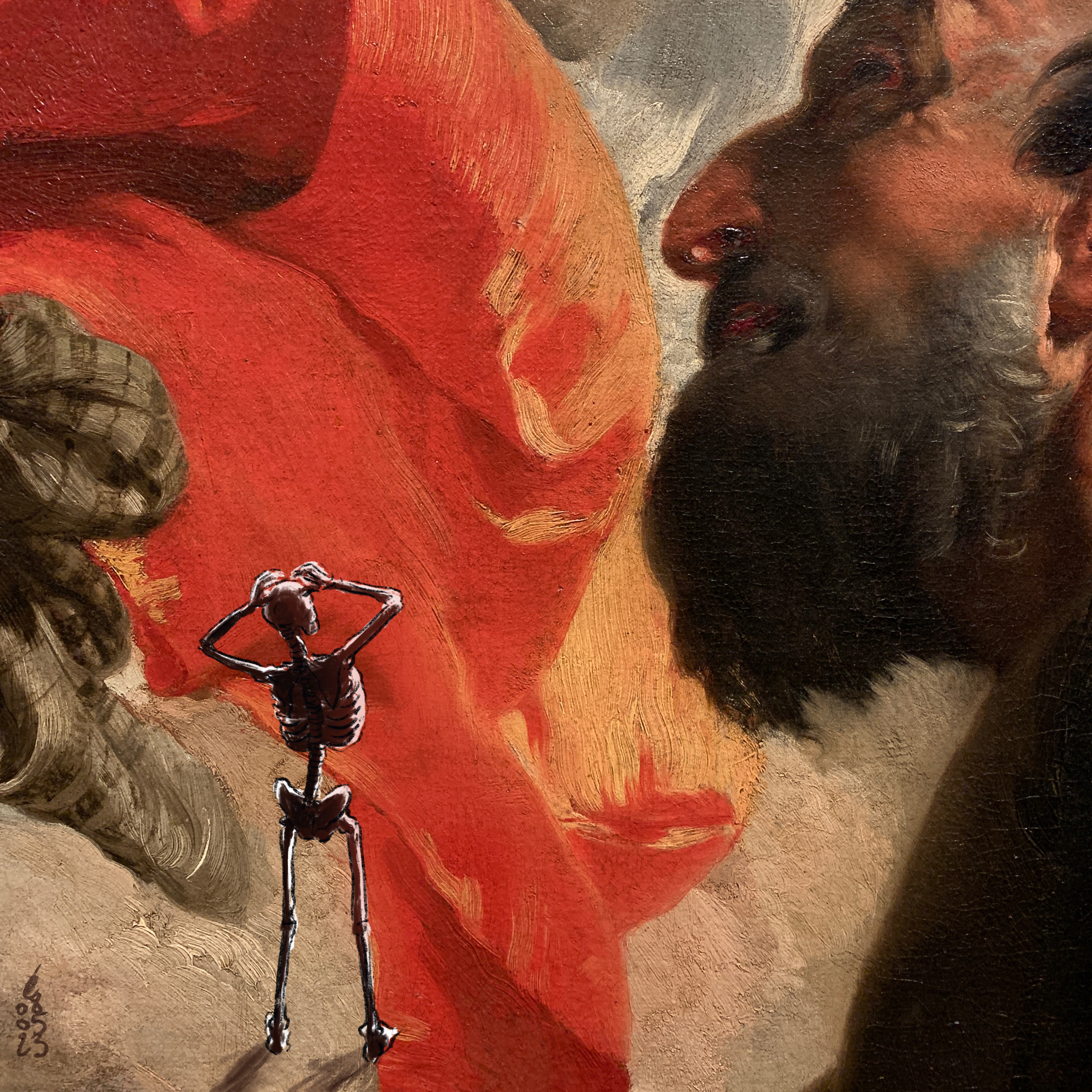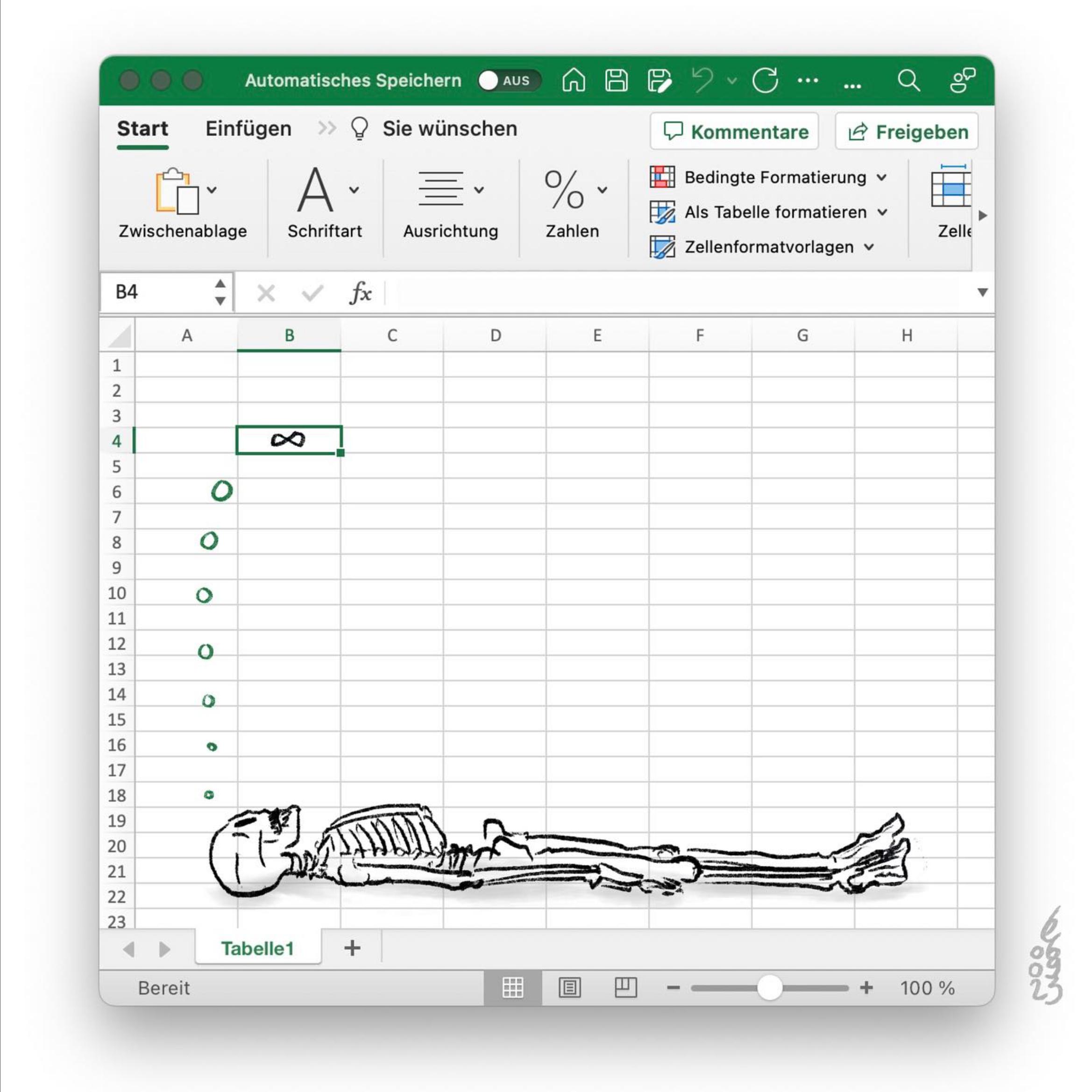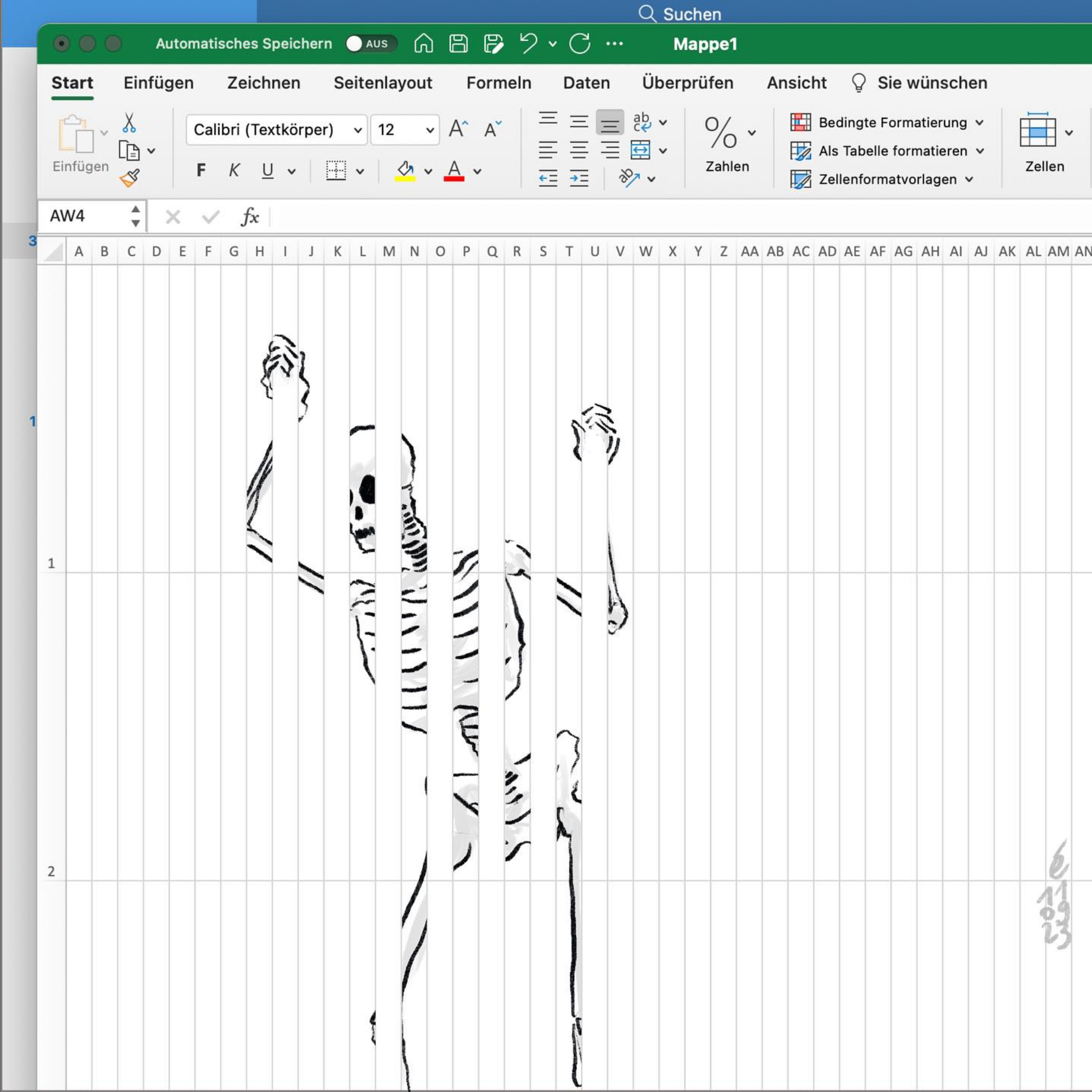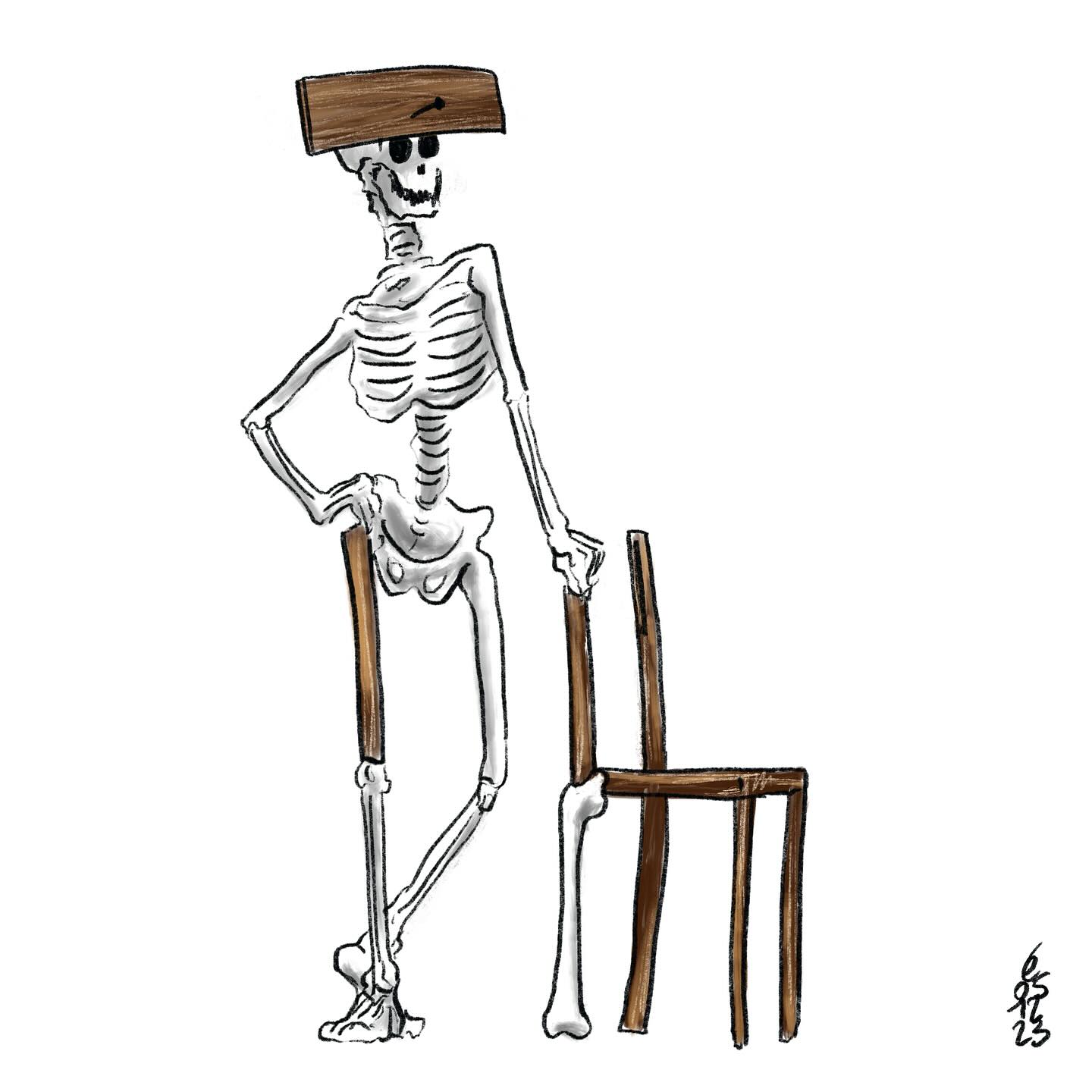
Hypothesis
Political polarization, fake news, hate speech and increasing levels of violence in political interactions have posed another challenge to deliberative and participatory processes. At the same time, studies show that higher levels of reflective attitudes towards others are directly connected to empathetic approaches in deliberative processes. To deal with those challenges, deliberative process designs should include and combine multiple ways of organizing, perceiving, and justifying social relations, taking historical and cultural context into account, in order to generate more benefits and deal with complex and uncertain problems (Ney and Verweij, 2014). Deliberative democratic processes can greatly benefit from including, besides argumentative and knowledge-oriented interactions, references and methods that are rooted in social and collective experience and creativity.
Why do we think this question is relevant to our ethical compass (The story of me)?
Creating methodologies to improve and scale deliberative methods are key to tackle exclusion of dissident and marginalized collectives from participatory spaces, as well as fighting radical and hateful interactions in polarized contexts such as ours. Is it possible to improve deliberative and participatory methodologies, and if so, how?
Which examples of digital participatory and deliberative methodologies combine cultural artifacts, collective experience, historical heritage and art to produce new ways of organizing ‘us’ and ‘them’ by creatively working through conflict to generate empathetic resolutions?
State of the art
How should democracies function to foster inclusive, non-violent and plural citizen engagement to generate social justice? This is a key question philosophers and scholars have been debating over centuries. Apart from the abstract and excessively convoluted diagnosis and proposals, a common assessment remains: the political confidence levels in western democracies [1], and more specifically in Spain are at historic low levels, but at the same time, institutions, labs and organizations have been exploring innovative forms of participation and governance, from Decidim to Meu Rio.
When it comes to democratic forms of social organization, the academic, civic and political efforts have focused on identifying the elements composing strong and substantial deliberative practices, that is, how and which interactions participants engage in, who is included as part of those processes and how participatory arenas should be configured.
- Is it possible to improve deliberative and participatory methodologies and, if so, how?
- What examples of digital participatory and deliberative methodologies combine cultural artifacts, collective experiences, historical heritage, and art to produce new ways of organizing us and them by working creatively through conflict to generate empathetic resolutions?
- How should democracies function to foster inclusive, non-violent and plural citizen engagement to generate social justice?
Let’s start by discussing the settings of those arenas. From the public sphere to counterpublics or even hashtag publics, those spaces have been imagined either for free and open discussion of public matters and interests (Habermas, 1984, Fraser, 1992), as parallel discursive arenas to circulate counterdiscourses (Fraser, 1992), or even as “the space constructed through networked technologies” to share understandings, identities or consensus (boyd, 2010, p. 39-40). In sum, to participate and deliberate, it is necessary to constitute and join a space for gathering, in which participants will engage in specific interactions. These arenas do not need to involve all people affected by them but may constitute minipublics, in which dozens to thousands participate, maintaining their democratic and deliberative features (Ney and Verweij, 2014, p. 627). Even though ideally these spaces are free, open and inclusive, more often than not marginalized groups struggle to express themselves when their experience and context is not taken into account.
Another part of this effort has revolved around the individual process and the exchanges between participants. Deliberation implies talk, conversation, ultimately communication. But which forms of communication would foster conflict resolution and social change? Rational justification, knowledge acquisition or perspective-taking have been suggested as pathways towards forming reflective opinions (Muradova, 2020). The most interesting of them is perspective-taking, which puts affective empathy in the center of deliberation as key to navigate diversity and conflicting points of view (Muradova, 2020). Empathy, or “feeling the same emotion as another observed individual without mixing it with one’s own direct experience” (Bertrand, Guegan, Robieux, McCall, & Zenasni, 2018) puts into question the hard contrast between ‘us’ and ‘them’, in which personal stories are a useful form of expression (Muradova, 2020).
This approach offers an alternative to deal with deliberative challenges: as Borge Bravo, Balcells, and Padró-Solanet (2019) conclude when analyzing deliberative processes in the Decidim platform in Barcelona, fatigue, deadlocks and disengagement are common as the discussion lasts over time, in which “degradation can lead to an isolation of the conversation, making it less appealing for other users to take part in the debate and, as a consequence, reducing the visibility and the necessity to present widely acceptable arguments. Over Participation by a few highly active users does not help to keep personal confrontations out of the debate” (p. 5690). More often than not, those issues are associated with unequal participation across groups and communities, and lack of inter-group engagement.
Those scholars mostly preoccupied with rationalizing and acquiring knowledge as pathways to deliberation have often forgotten the role of culture, history, art and experience as sources of references to facilitate engagement, generate empathy and sustain reflexivity. Joseph Beuys artistic and intellectual work bridged art and politics in a useful way to this discussion, by claiming “art is the democratic and creative space, where each person is in creative conjunction with the other” (Manley, 2018, p. 12). Civic creativity could be understood, then, as to “both accept and elaborate on the ideas of one another” (Gordon, Haas, & Michelson, 2017), not only through arguments. In the same direction, other studies have analyzed the importance of historical and cultural artifacts as enablers and facilitators of a creative democratic processes, (Kunreuther, 2018; Rob McMahon et al., 2019), being used by Māori peoples to latinamerican and african-american communities.
Story of us (a series of objective data to back up the idea)
Regarding gender, for instance, men tend to participate more than women in online deliberation platforms (Borge Bravo, Balcells, and Padró-Solanet, 2019), not to mention the unbalanced levels of participation across race, nationality, income and education. Facing such bias and growing political polarization, numerous innovative deliberative methodologies are trying to promote empathy and perspective-taking, fostering reflexivity and ultimately improving their potency for conflict resolution. We can organize some of these methodologies under two categories: on the one hand, they enable different moments of a deliberative process, either in the diagnosis, communicative exchanges or the resolution phase. On the other hand, they mediate key reflective mechanisms, such as raising awareness, facilitating, multiplying or converging interactions, or unleashing other communicative forms (i.e. drawing, meditating, taking pictures, telling personal and collective stories, using and wearing gadgets and others) that resonate with those communities beyond argumentative exchanges.
Even though there is little data on how much improvement and innovation these methodologies have fostered, they are promising. Be Another Lab (Barcelona), the creators of The Machine To Be Another, have identified increasing altruistic intentions and reducing short term implicit racial bias when researching the use of embodied virtual reality. The project, that mostly promotes raising awareness, can be included in deliberative processes to facilitate the phases of diagnosis or communicative exchanges, bridging gaps between cultures and groups by creating the experience of virtually sweeping bodies, contexts and perspectives (Schoeller, Bertrand, Gerry, Jain, Horowitz, & Zenasni, 2019). The same technology, moreover, has been used in Taiwan to augment facilitation.
Augmented reality storytelling has also shown relevant impact, by challenging hegemonic forms of presenting narratives. The Sweetgrass AR project takes an Indigenous sculpture to tell space-based and non-linear co-created narratives as a resource for indigenous-settler relations in Canada, navigating contextual specificities and ethical dilemmas. In Australia, poly-vocal digital platforms were created from a speculative design perspective to facilitate indigenous nation building. Participants could select segments of videos of their debates with the research team to comment and tag, allowing for collective analysis and synthesis of the discussion (Akama, Keen & West, 2016).
Furthermore, mapping and drawing have been used to depict and communicate stories, knowledge and opinions from other cultural and historical backgrounds: in Brazil, Colombia, Surinam and Chile, maps have been used to represent the importance of forest areas for local indigenous communities, to build cultural maps, to track illegal deforestation or to map the impacts of the covid-19 pandemic on levels of political violence, spiritual defense and community life. Those maps are not simply an interactive resource for those communities to spatially represent their experience, but they can also play a role in bridging conflicting points of view in inter-group relations, and can be useful in the diagnostic phase of deliberation.
Finally, Create Your Kampala is a great example of meshing data and art to develop participatory workshops. At the same time that the Pollicy team conducted surveys and focus groups to identify most important issues to the communities regarding public services, they also co-designed art pieces inspired by the discussions and data but also the sketches previously drawn by the participants, blurring the borders between communicative forms and putting art and creativity in the center of inter-community deliberation, from the phases of diagnosis to resolution.
The story of now: How do we at Platoniq try to answer the question
How should digital participatory and deliberative methodologies combine cultural artifacts, collective experience, historical heritage and art? There are organizations working hard to break down walls and promote inclusive and justice-inspired design approaches, focusing on deliberative perspective-taking practices to foster empathy through co-creation.
- How should digital participatory and deliberative methodologies combine cultural artifacts, collective experience, historical heritage and art?
Examples as Culture Labs and ComparteTuRollo, two projects that combine cultural artifacts, collective experience, historical heritage and art.
Culture Labs creates contextualized recipes and ingredients to promote engagement of marginalized communities, investigates and proposes the use of digital platforms for facilitating the access to Cultural Heritage through tailor-made novel experiences, creative reuse, enrichment and co-creation. Generating empathy is the key mediating mechanism to promote social inclusion through storytelling.
ComparteTuRollo is another project that put historical heritage in the center of a participation process to build Colombia’s historical memory. As much as for Beuys every human being is an artist, this project welcomed participants as history co-creators, democratizing civic creativity to engage and promote digital inclusion.
Call to action
If you know of or are participating in projects using similar methodologies 👇👇👇
